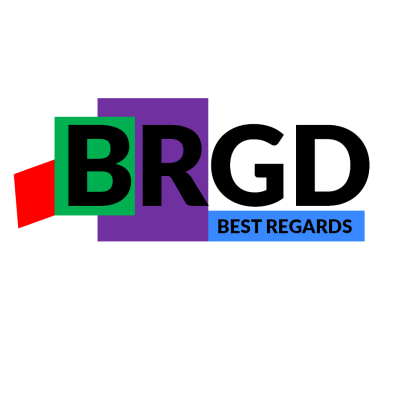Digital books=increased learning
7 years agoThe last version of EPUB allows to add multimedia assets and interactive items in compliance with accessibility requirements of web standard. The format has already clearly conquered the edition sector but now other companies and institutions from various industries are more and more seduced by this new format to disseminate in an innovative and effective way their contents. This is particularly true in a sector where its characteristics are very useful: school education. Indeed, not only, the usage of digitally published books or texts would be useful for all the learners, the technology especially offers tremendous opportunities for the pupils with Specific Learning Disorders.
SLD includes dyspraxia, also known as “Developmental coordination disorder” (DCD), dyslexia, dysphasia and dyscalculia. All these disorders constitute a family of related conditions with considerable overlap or co-occurrence.
The pupils with SLD or “dys” have often issues, at one point or the other with the reading process, not because of a lack of intellectual capacity but because the they would require adaptation in the text, such as font, spacing, colours, marks, etc. The EPUB technology can answer to that need because it allows content producers to create content that can be easily adapted for most of the learning disorders.
A current project, called Dyspraxiatheca, is building a digital library of classics adapted for the pupils with dyspraxia using the EPUB technology. In the course of the project, the partners have witnessed a great interest for the technology by the users (pupils, teachers, specialists, etc.) but also the need for an extension capacity. Which is why this project idea intends, by training the teachers, educators and other pedagogical content producers, to allow more education material to be adapted in a suitable way for the needs of a maximum of learners.

Please Log In to See This Section